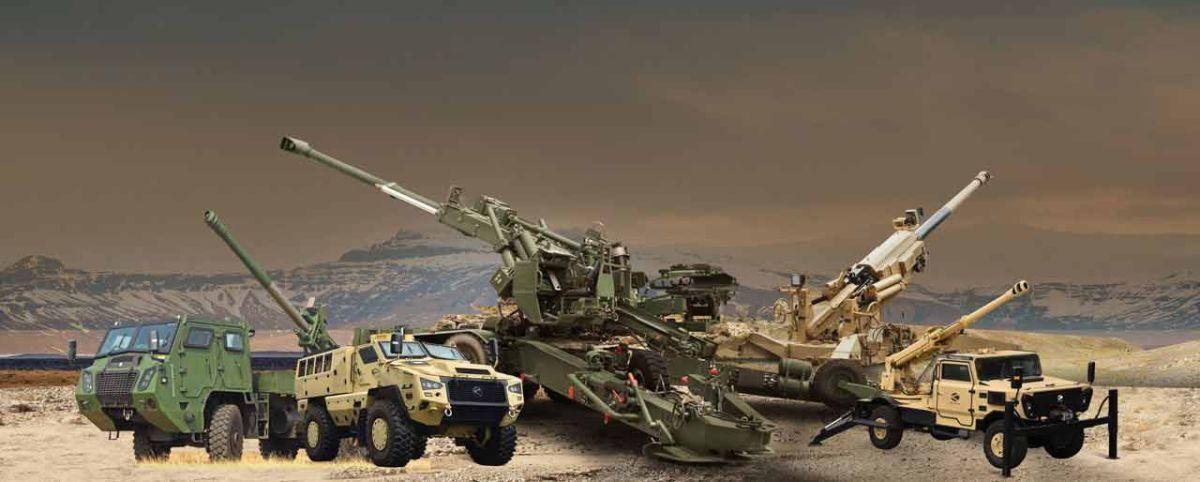‘India has the capital to invest in defence production.’
‘With clear timelines and commitments, private industry can deliver surge capacity effectively.’

Photograph: Kind courtesy Kalyani Strategic Systems
“With rapidly evolving technology, a seven-year procurement cycle risks acquiring outdated systems. For critical and fast-changing platforms, we must aim for procurement cycles of 18 to 24 months,” Rajinder Singh Bhatia, chairman, Kalyani Strategic Systems, the defence subsidiary of Bharat Forge, and president of the Society of Indian Defence Manufacturers, tells Bhaswar Kumar/Business Standard.
Have reforms in India’s defence sector truly benefited the private industry?
A decade ago, the bureaucracy was not as receptive to private sector participation as today. We could not conduct trials in India. We sent the prototypes abroad for testing.
The reforms under Manohar Parrikar’s tenure allowed domestic testing and, by 2019, the Defence Acquisition Council approved 150 guns.
The production for the Indian Army began in 2025. These reforms have helped a lot, but the challenges remain in procurement procedures and timely approvals.
How would you assess India’s current position and future potential in defence production?
India has made significant progress. We (the company) grew from single-digit production to four-digit numbers in 12 years.
The technical and manufacturing base is stronger than ever; acquisition reforms, faster processes, and efficient spending are essential.
India can match historic global production rates, such as the US producing over 200,000 aircraft in five years during World War II, with streamlined procedures.
The potential of the industry is far greater than its current output.
As an industry leader, do you believe shortening timelines is enough or is an enforcement mechanism needed?
The Defence Procurement Procedure (2020) has given a timeframe of 36 months for procurement.
The process takes five or six years and sometimes even seven or eight years, with tenders sometimes being cancelled after waiting long periods.
Even globally, the US takes around 11 years for complex systems.
Some countries like South Korea and Israel have demonstrated that faster acquisition is possible.
With rapidly evolving technology, a seven-year procurement cycle risks acquiring outdated systems.
For critical and fast-changing platforms, we must aim for procurement cycles of 18 to 24 months.
How did the advanced towed artillery gun system (ATAGS), developed by DRDO in collaboration with Bharat Forge and Tata group, perform at the artillery testing?
The ATAGS demonstrated a remarkable range of 48 km, while conventional 155 mm-52 calibre guns have a range of 40-41 km.
The ATAGS has a larger chamber and improved charges (zone-7 bimodal) that can strike from a range that exceeds the enemy’s counter-barrage range.
This extended reach enhances battlefield flexibility and gives India a clear edge in artillery operations.
How is technological evolution shaping India’s defence sector?
Technology is inherently unpredictable, evolving rapidly and touching every facet of life.
Earlier, innovations flowed from military to civilian sectors; today, civilian advancements increasingly inform military capabilities.
India has skilled workforce and global capability centres for major original equipment manufacturers.
The government has promoted defence startups. What more is needed?
Startups face the ‘valley of death’, where 80 per cent fail due to lack of funding and support to move from prototype to production phase.
Before 2018-2019, India had fewer than 10 defence startups. Today, over 3,000 are registered, of which 1,100 have already secured orders.
India has around 157,000 registered startups, 33,000 are tech-focused and only 9,000 operate in defence.
Of these, successful ones can be counted on fingers. Compared to a country like Israel, our per capita numbers are far lower.
We should aim for 100,000 startups across defence, aerospace, and technology.
If India faces a surge in defence requirements, is the private sector currently equipped to deliver at scale?
Five years ago, many defence systems were beyond the reach of private industry. Today, companies are leading manufacturers in several categories.
Scaling production is not a problem, but it depends on certainty in orders and well-defined timelines.
The delays due to conditional contracts, waiting for trials and approval affect manufacturing.
India has the capital to invest in defence production. With clear timelines and commitments, private industry can deliver surge capacity effectively.
Does the new Defence Procurement Manual signal a turning point?
The DPM has been approved but not yet released. Early indications from the defence secretary are encouraging, but primarily address the routine revenue requirements.
The real need is for a leaner and faster Defence Acquisition Procedure, reducing the current 600-page framework to around 100 pages, allowing industry to assimilate policies more effectively and respond swiftly.
While some progress has been made, reforms must continue to streamline processes and enable private sector participation at scale.
Feature Presentation: Aslam Hunani/Rediff



